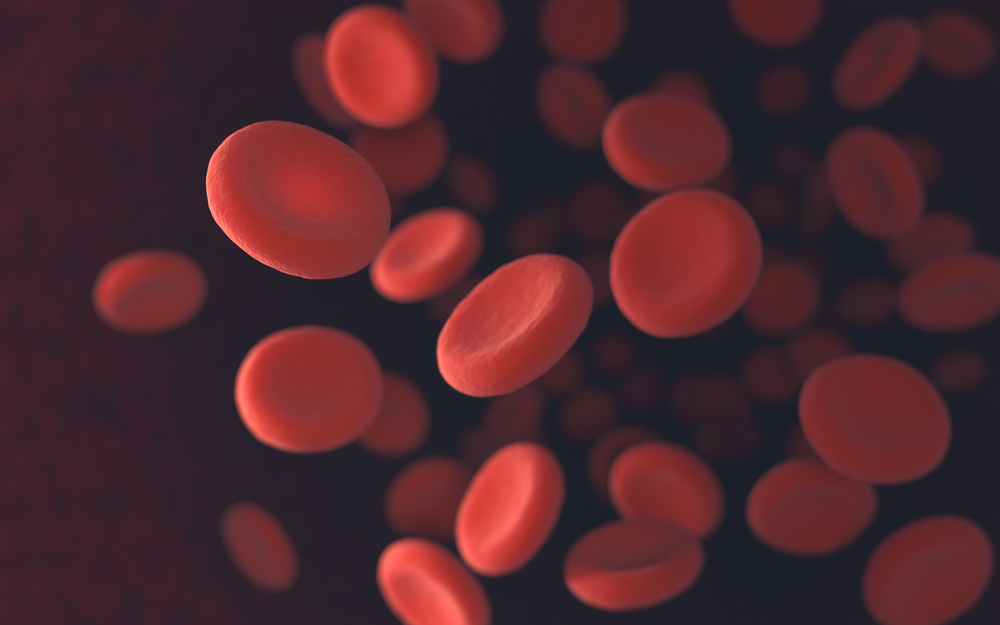Red Blood Cells’ Suicide is Cause for Anemia in SLE, Study Finds
Written by |

Researchers analyzed blood samples from systemic lupus erythematosus (SLE) patients and found supportive evidence that SLE enhances anemia by promoting the suicidal death of red blood cells.
The study “Eryptosis as an Underlying Mechanism in Systemic Lupus Erythematosus-Related Anemia” was published in the journal Cellular Physiology and Biochemistry.
Patients with SLE often are burdened with anemia. One of the possible mechanisms linking SLE and anemia is a phenomenon called excessive eryptosis, i.e., suicidal death of red blood cells (also known as erythrocytes).
Now, a team of researchers has investigated if SLE enhances eryptosis and the potential mechanisms underlying this association. To this end, the team used blood samples extracted from anemic patients hospitalized for SLE (21 females, one male, aged 18-75 years) and healthy volunteers (17 females, three males, aged 21-58 years).
The blood of patients and healthy volunteers was analyzed for eryptosis by a technique called flow cytometry, where researchers measured several parameters that characterize this state, including exposure at cell surface of a lipid called phosphatidylserine (PS), cell volume, cytosolic calcium ion levels, and reactive oxygen species (ROS) and ceramide (another key lipid) abundance.
When comparing the hemoglobin content (hemoglobin is the protein in red blood cells that carries oxygen throughout the body) and hematocrit levels (the ratio of the volume of red blood cells to the total volume of blood) researchers detected that anemic SLE patients levels were significantly lower than those registered by healthy volunteers.
Moreover, researchers found that SLE patients exhibited PS-exposing erythrocytes in much higher levels than healthy volunteers. Increased levels of calcium in cells and oxidative stress accompanied this higher percentage of surface PS.
The team then investigated the influence of SLE patient plasma on PS-exposure and volume in erythrocytes from healthy volunteers. They extracted red blood cells from blood samples of healthy volunteers and incubated the cells in the plasma of SLE patients (plasma is the liquid component of blood). Following incubation, surface PS and calcium levels were significantly higher in the erythrocytes of healthy volunteers.
These results suggest that, indeed, SLE enhances eryptosis and may contribute to anemia. Calcium influx and increased ROS abundance in erythrocytes are two possible mechanisms underlying SLE-related anemia.




